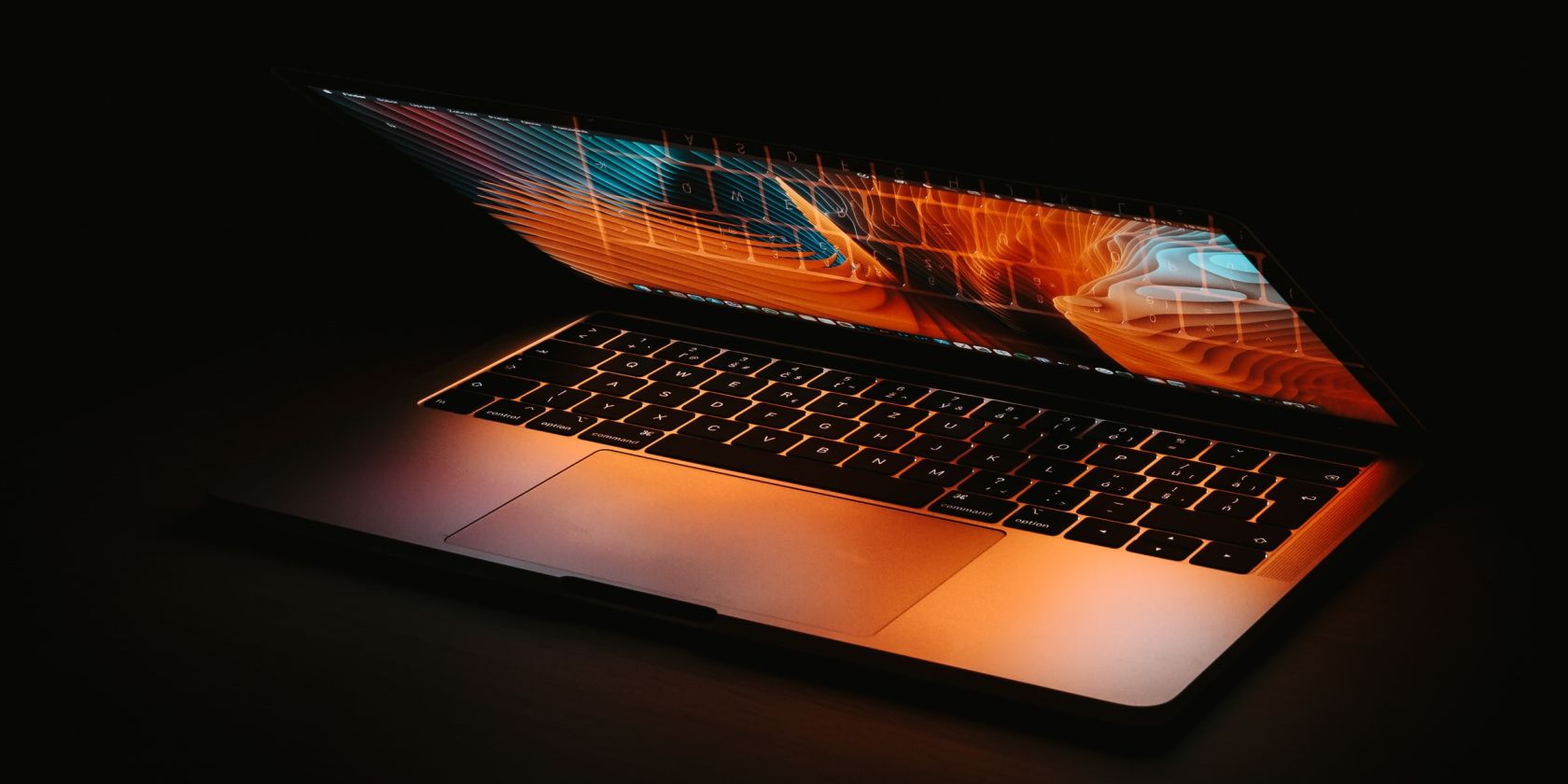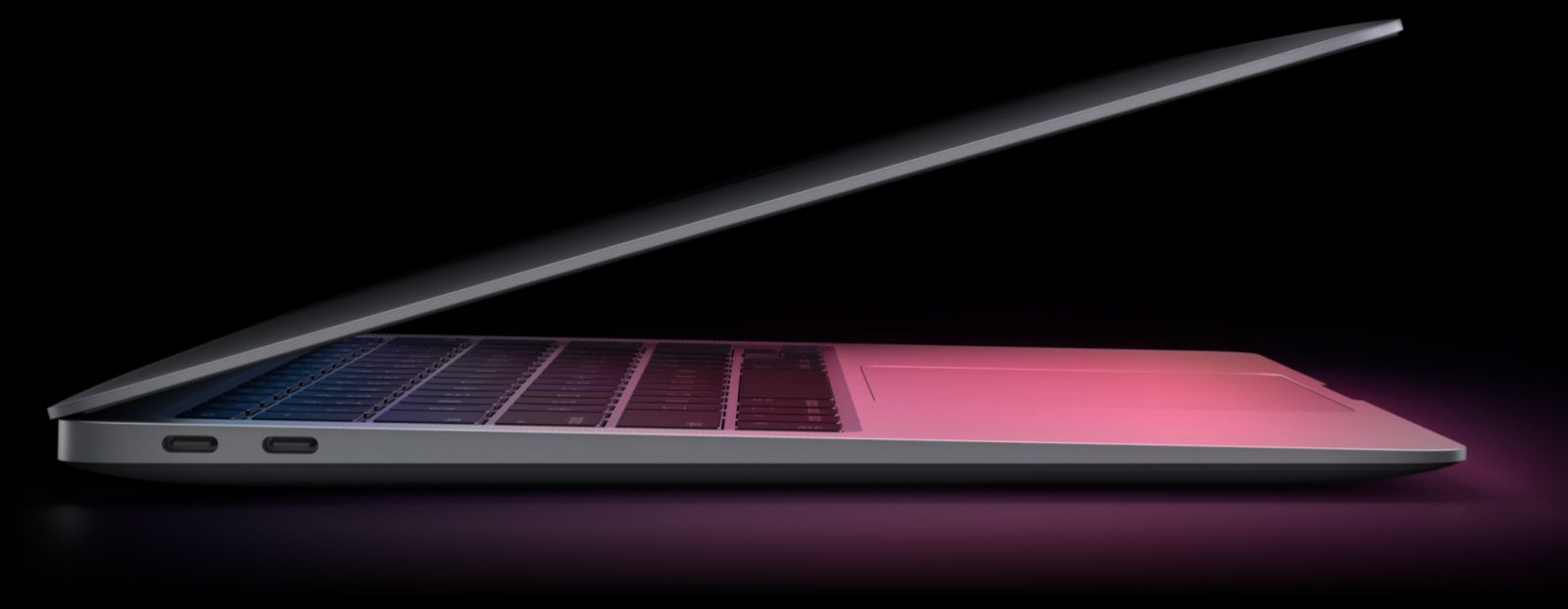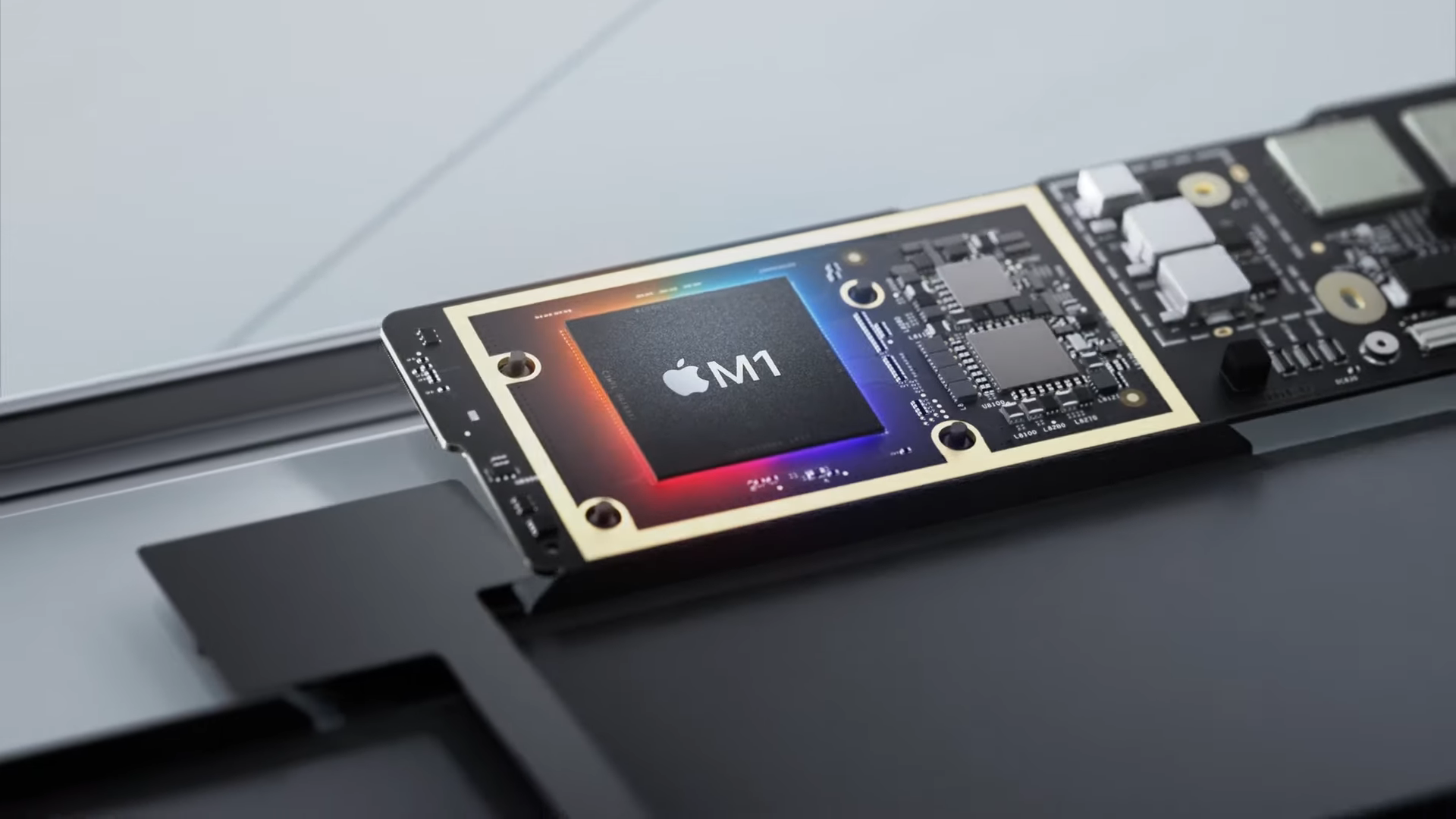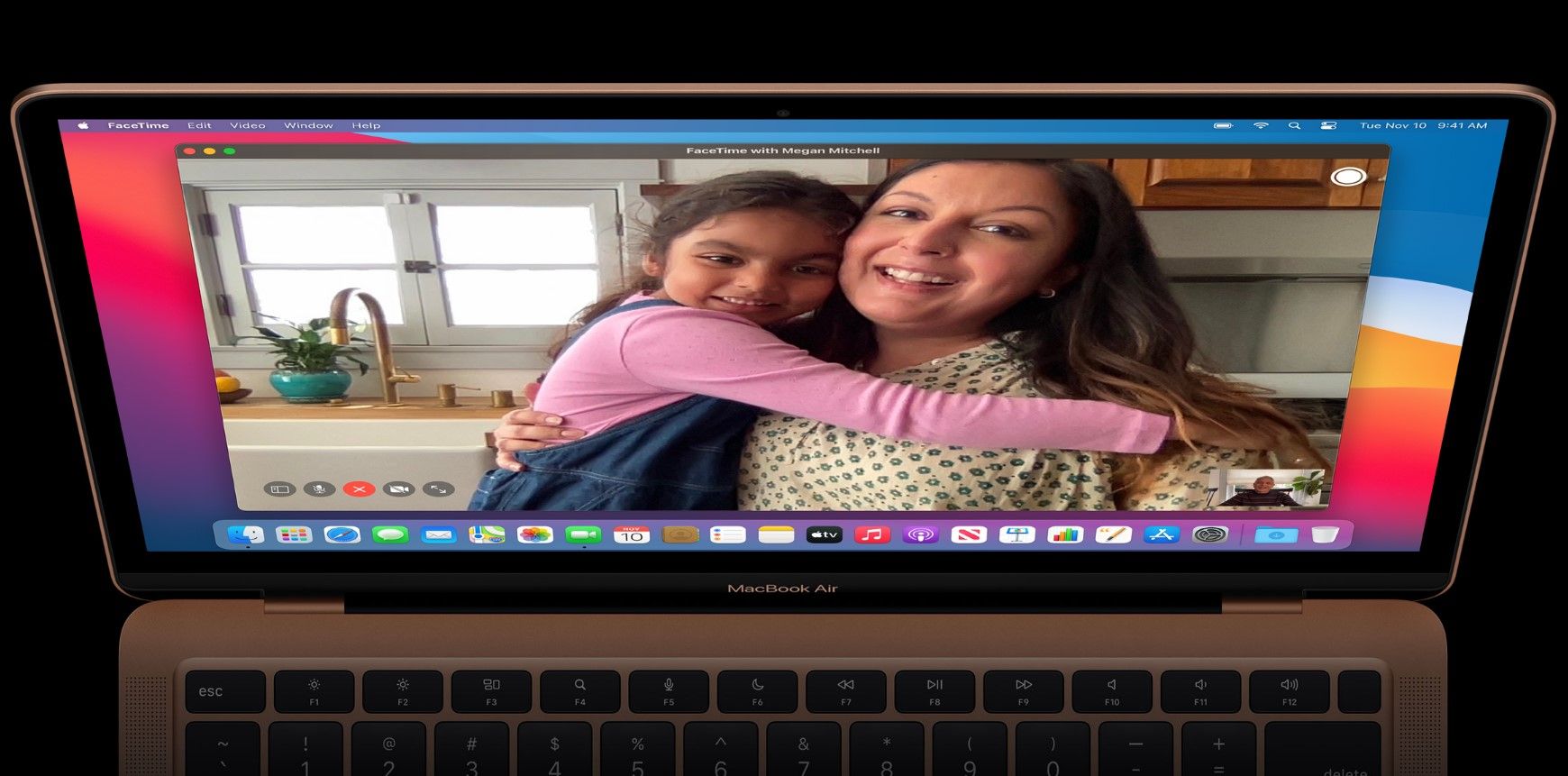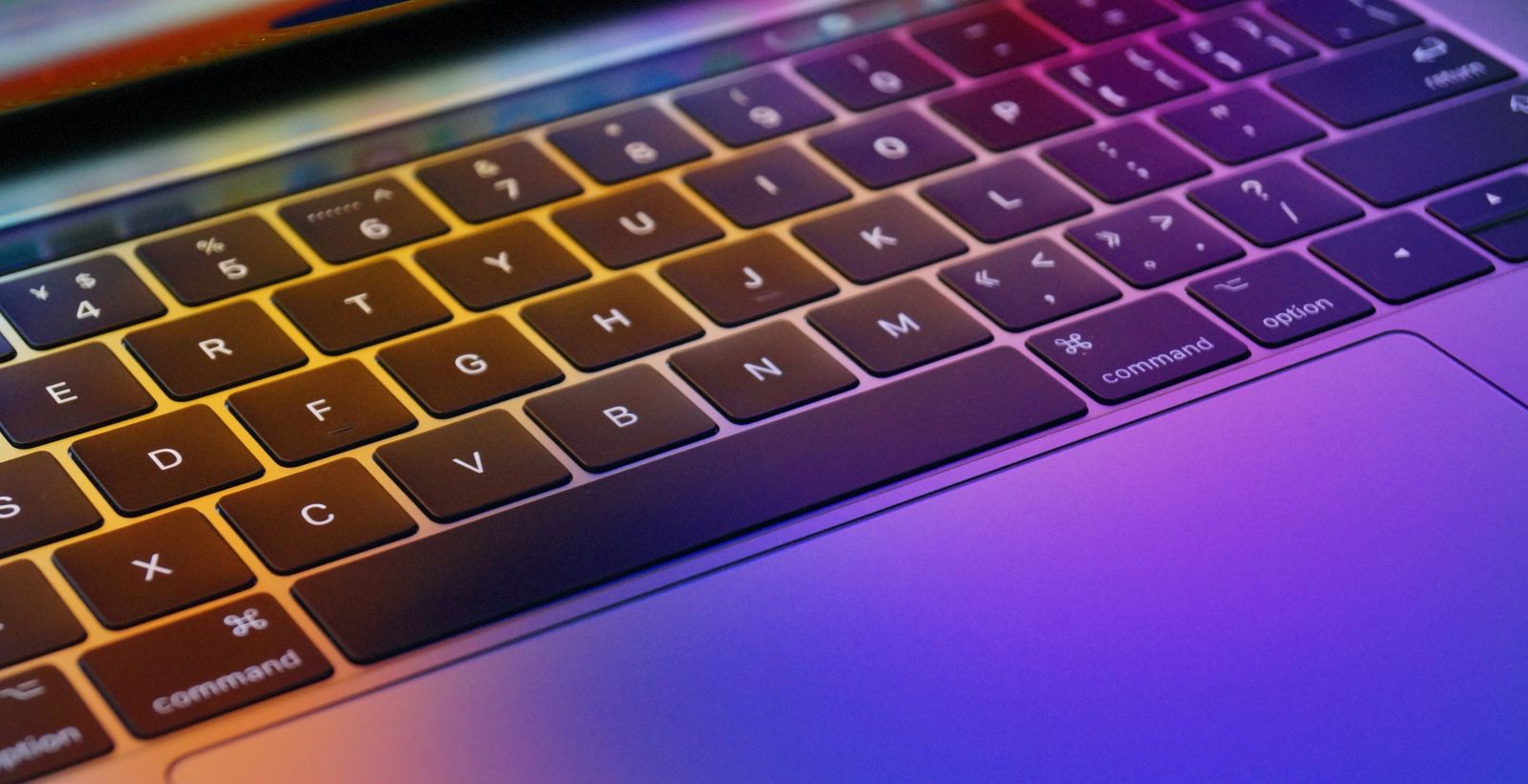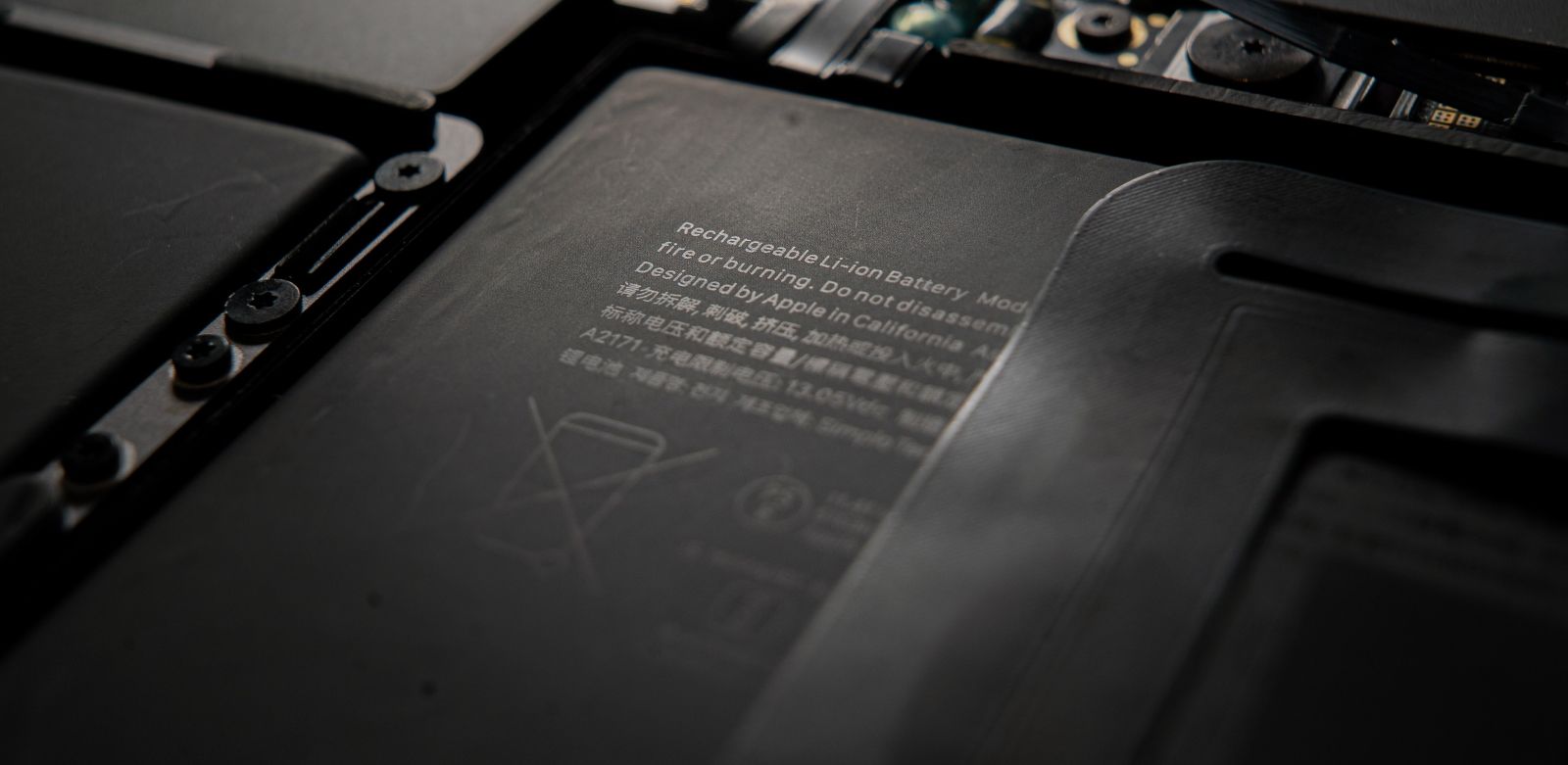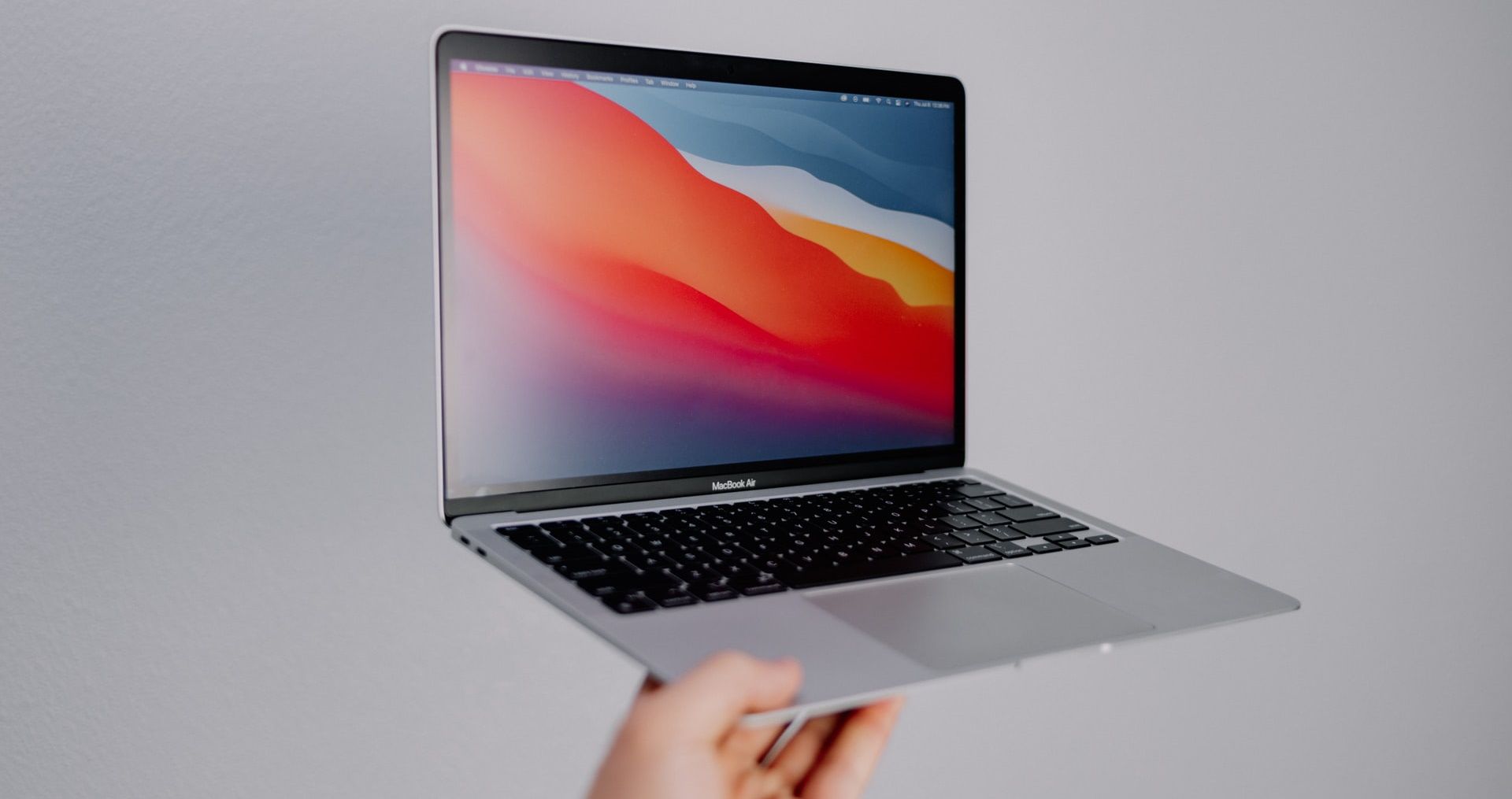In 2020, Apple launched two MacBooks powered by the M1 chip: the MacBook Air and the 13-inch MacBook Pro. Since they both feature the same CPU, unlike in previous years, it’s harder than ever to decide which model to buy.
Despite packing very similar hardware, there are some key differences between the two laptops. Why else would Apple have sold these two products at different price points, right? So let’s take a look at how these MacBooks differ, so you can make an informed decision if you’re in the market for one.
Just to note, Apple no longer sells the M1 MacBook Pro (it added an M2 chip in 2022), but you can still find it on the second-hand market.
Design and Dimensions
At first glance, both models look nearly identical. However, if you look at them closely from the sides, you’ll see that the MacBook Air has a tapered design. This design choice should make the MacBook Air easier to type on, although they both have the same keyboard.
Since the MacBook Air is intended for lightweight tasks, it has a fan-less design for silent operation, whereas the MacBook Pro has an internal fan that starts spinning when you’re doing intensive tasks, to keep the temperature down.
The MacBook Air is popular for how thin and light it is. At its thinnest point, the MacBook Air is just 0.16 inches thick. But at the thickest point, it measures 0.63 inches, which is actually bigger than the Pro. In comparison, the 13-inch MacBook Pro is 0.61 inches thick, but its thickness stays uniform across the entire frame.
In terms of weight, there’s not much difference between the two. The MacBook Air weighs just 2.8 pounds, whereas the MacBook Pro clocks in at 3.0 pounds. That’s a 0.2-pound difference, which you won’t notice unless you have one in each hand.
Do note that the weight of these MacBooks may vary slightly depending on the hardware configuration you’re going for. As for the rest of the dimensions, they both measure the same, with a width and depth of 11.97 inches and 8.36 inches, respectively.
Internal Hardware and Performance
Although both models pack the same Apple M1 chip, they don’t perform the same, at least not all the time. This minor performance difference is not exactly because of the hardware itself, but rather due to the differences in design.
The internal fan makes the MacBook Pro the better performer when it comes to CPU- and GPU-intensive tasks. Unfortunately, the MacBook Air’s M1 chip can’t sustain its peak performance when you’re doing these tasks due to the fanless design, and therefore it has to throttle its clock speeds to keep the temperature in check.
When it comes to the hardware specifications, the base model M1 MacBook Air has a 7-core GPU, whereas the M1 MacBook Pro features an 8-core GPU. However, that one extra core won’t make a noticeable difference in real-world tests unless you’re pushing the graphical horsepower to its limits by playing games or running apps like Final Cut Pro.
If you’re really worried about that one extra core, you can still customize the MacBook Air when ordering from Apple to add the 8-core GPU.
As for storage and RAM, both the M1 MacBook Air and M1 MacBook Pro pack 256GB SSDs and 8GB of unified memory for their base variants. Note that these components are not user-upgradeable since they’re soldered onto the logic board. So, make sure you configure it properly on Apple’s website. You can spec either MacBook with up to 2TB of storage and 16GB of RAM.
Lastly, both the M1 MacBooks feature two Thunderbolt-3-enabled USB-4 ports and a headphone jack for those who still own wired headphones.
Display and Speakers
Whether you go with the Air or Pro model, you’re getting a 13.3-inch IPS LED display with a resolution of 2560x1600 pixels, equating to 227 pixels per inch. In addition, these displays have support for P3 wide color gamut and True Tone.
Having said that, the display on the M1 MacBook Pro does go brighter, with a maximum brightness of 500 nits, whereas brightness is capped at 400 nits on the M1 MacBook Air. So if you’re someone who uses your MacBook outdoors, you’ll certainly benefit from the extra hundred nits.
Although both M1 MacBooks feature stereo speakers, the Pro model takes it up a notch with a high dynamic range. The sound coming from the MacBook Pro speakers packs a punch as the bass is more prominent. However, the speakers on the M1 MacBook Air are surprisingly louder.
Camera and Microphone
This section would be important for those looking to make video calls regularly using the MacBook, whether they’re for work meetings, family catchups, or online classes. Surprisingly, both MacBook models feature the same 720p FaceTime camera, which is mediocre at best.
However, the M1 MacBook Pro has the edge in audio during calls, since it packs a studio-quality microphone with a high signal-to-noise ratio. The MacBook Air, on the other hand, settles for a standard three-mic array.
Keyboard and Trackpad
Moving on to the typing experience, both the M1 MacBook models feature the same Magic Keyboard. Apple has finally given up on the butterfly keys that caused a lot of problems. However, you’ll have a better time typing on the M1 MacBook Air since its wedge-shaped design makes the keyboard slope downwards.
What the MacBook Pro has to its advantage is the Touch Bar. If you’ve never used the Touch Bar before, be warned that you’ll either love it or hate it. The MacBook Air is equipped with physical function keys instead of the Touch Bar, which many people seem to prefer nowadays.
These MacBook models have similar trackpads, but the M1 MacBook Pro has a bigger Force Touch trackpad. Therefore, if you like to have more surface area for multi-touch gestures, the Pro model is the way to go.
Battery Life and Charging
This is possibly the most important part when you’re comparing two laptops. The good news is that no matter which M1 MacBook you go with, you’re going to get excellent battery life. You can thank the M1 chip’s efficiency for this.
That being said, there’s a difference in the battery department. The affordable M1 MacBook Air packs a 49.9Wh battery, rated for up to 15 hours of web browsing and up to 18 hours of video playback on the Apple TV app. In contrast, the M1 MacBook Pro is powered by a 58.2Wh battery that’s rated for up to 17 hours of web browsing in Safari and up to 20 hours of Apple TV playback.
So the real question is, does this two-hour difference matter to you?
Apart from lasting longer, the MacBook Pro also charges faster. This is because Apple supplies a 61W power adapter with the MacBook Pro, whereas the MacBook Air gets a 30W USB-C charger. But, of course, you could certainly buy a better power adapter to reduce the charging time.
Price Comparison
Despite being a 2020 model, the M1 MacBook Air still costs $999 for the base variant, with 256GB storage, 8GB of memory, and a 7-core GPU. Apple doesn’t officially sell the M1 MacBook Pro, that launched at $1,299, through its online and retail stores anymore since the company refreshed this model with the M2 chip.
However, third-party retail stores may still sell the M1 MacBook Pro until stocks last at a steep discount. The base model gets you the same 256GB storage and 8GB of memory, but it comes with an 8-core GPU instead. Alternatively, you can still find refurbished and pre-owned models for nearly the same cost as the base model MacBook Air.
If you want the 8-core GPU on the MacBook Air, you need to get the 512GB storage variant, which costs $1249. But remember that the MacBook Pro will still be the better performer under sustained workloads due to the presence of an active cooling fan.
And if you’re looking to configure your MacBook Air, the SSD upgrade costs $200 extra for each storage tier up to 1TB. Stepping up from 1TB to 2TB will add another $400 to your bill. Lastly, the 16GB RAM upgrade costs $200 as well. These are some costly hardware upgrades, which is one of the main cons of purchasing an M1 Mac. Unlike in previous years, you can’t buy cheaper parts from third-party vendors, so you have no other option but to pay the Apple tax.
Note that these hardware upgrades aren’t available for the MacBook Pro since it’s no longer listed on the Apple Store. So, you’ll be limited to two standard configurations from third-party retail chains. But if you’re lucky, you could still snag a custom-spec MacBook Pro on the used market.
How to Choose Between the M1 MacBook Pro and MacBook Air
All of this brings us to the ultimate question: Is it still worth going Pro? Well, it depends on what you’re planning to use the MacBook for. For general use like watching videos, web browsing, photo editing, and other light to medium-intensive tasks, you’ll be perfectly fine with the base M1 MacBook Air. Also, the optional memory and storage upgrades can be valuable in the long run.
However, if you’re doing any professional creative work like video editing or music production, you will certainly benefit from the MacBook Pro’s sustained performance levels. And don’t forget the slightly better battery life, too. So, if you find a good deal on the now-discontinued M1 MacBook Pro, do not hesitate to pick it over the MacBook Air.

